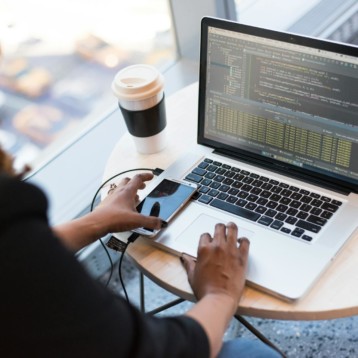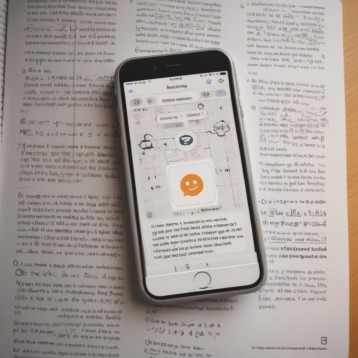The new models were developed to offer better tools for image recognition and processing. Although current PCs demonstrate a growing capability to process graphic content, high-quality, raw video processing still imposes a burden on existing CPUs and GPUs. According to Toshiba, the SpursEngine SE1000, integrated in the Qosmio line-up, should be able to significantly improve video processing performance.
The SpursEngine is based on the high performance multi-core technology of IBM/Toshiba/Sony Cell Broadband Engine. The engine integrates four synergistic processing elements and functions, including a dedicated co-processor that supports the smooth handling of high definition video streams, image recognition, and image processing. The new notebook computers include an Intel CPU processor and a NVIDIA’s GeForce 9600 GT graphic accelerator.
The new technology offers the ability to upscale standard definition video sources, enabling users, for instance, to experience standard DVD video content with high definition quality. Besides ‘upscaling’ the video quality, the new Qosmio computers can cut recording time by half and boost recording density by a factor of approximately eight. This way, a user can record up to eight hours of video footage using the same storage capacity usually required for one hour of footage. This achievement is accomplished by real-time compression of high definition digital terrestrial broadcasts into the H.264 format during recording.
Other video-related functions include the “face navigation function.” Using this function, the computer recognizes and memorizes faces as they appear on screen and displays them in an easily searched index that can be used to playback video segments featuring a specific person. Another function, named “Scene Thumb,” takes thumbnail snapshots of a user-recorded video, lines them up one after another, and gives the option to view each person individually by running the cursor over them. The advantage of “Scene Thumb” is that it offers users a unique approach to finding just the moment they want to view; however, it may take some time for users to get used to this method. Another feature of thumbnail search is the ability to search by highlight level and section bar, allowing viewers to home in on, for example, heavy applause during a concert video.
The Qosmio G50 series, which is more expensive, also features “Gesture Control” for gesture-based interfacing: simple hand movements captured by the PC’s integrated CCD camera can be used to control video playback. This enables the user to operate the video with no need for the traditional interface, such as a computer mouse, but again, it requires some adjustments from the user.
Besides improving technical specifications, Toshiba has also made an effort to give the new Qosmio PC a more sophisticated and elegant design. A distinctive pattern on the surface of the case was formed, and the high-end Qosmio G50 series complement the stylish appearance with an 18.4-inch LCD, with a 16:9 aspect (wide) ratio.
TFOT has recently covered VIA’s new Mini-ITX motherboard, EPIA M700, which is based on the VX800 chipset that enables the usage of dual-digital displays, and CeBIT 2008’s Notebook Computers, which have some exceptional hardware allowing for ultra mobility. Other related TFOT stories include the development of flexible computers, made at the Human Media Laboratory, and the Canvas, an innovative computer made for designers and artists.
For more information on the new line of Qosmio notebooks, see Toshiba’s website.










